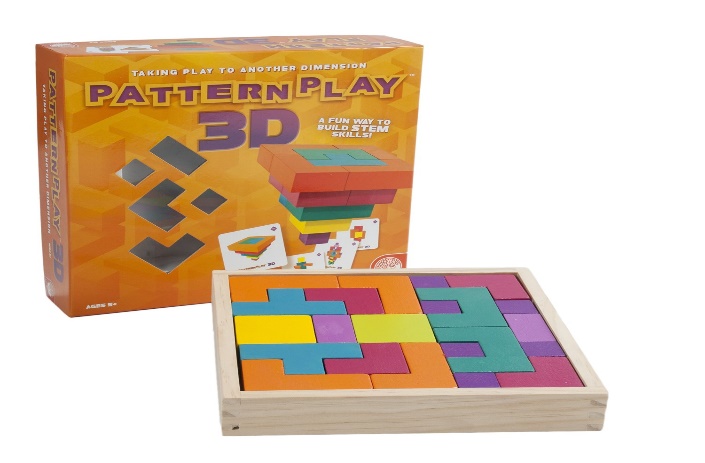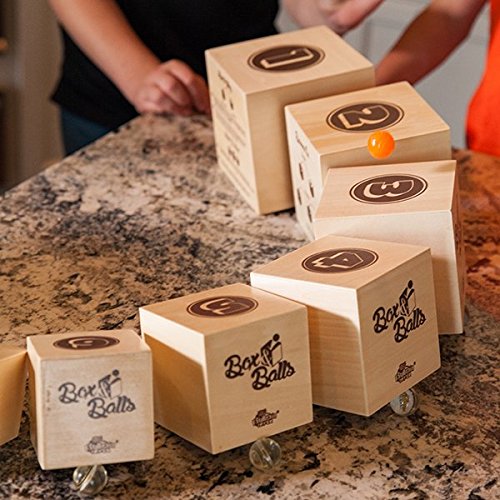Children learn by discovering and exploring their daily surroundings. Toys foster development in children by creating a natural teaching environment that promotes cognitive, motor, social, and emotional skills. Different toys are designed to help various age groups; therefore, identifying the right one is essential. This paper will explore Pattern Play 3D and Box & Balls, two great toys of the 21st century that are of value in stimulating development among children between the ages of 3 and 8 years.
Pattern Play 3D is a creative problem-solving toy that combines building and imagination to achieve inner architecture. The goal of the toy is to recreate 2D patterns into 3D structures by manipulating the multi-shapes and blocks. The player must successfully maintain the balance, geometry, and composition of different towers, pyramids, or any creation that defies gravity. The cards are double-sided and numbered according to the order of difficulty from beginner to expert. Children can make different impressive structures from the blocks, with each build becoming more challenging, requiring confidence and patience through trial-and-error play. This toy can be purchased physically in various toy shops and online retailers such as Amazon, Target, Project Montessori, and other outlets.
Box & Balls toy combines rolling, banking, stacking, and nesting game for children. There are various playing options and entails a set of 8 wooden nesting boxes and eight bouncy balls. Set up the boxes in descending order, with the small box upside down as the target basket to play the game. Get the ball bouncing down each successive box to the target box. To increase the game’s difficulty, decrease the size of the target box. This toy is available worldwide at MindWare, Amazon, Target, and other toy shops.
Pattern Play 3D toy stimulates cognitive and physical development of children aged 3 to 8 years. According to Tom and Gisli, when preschoolers are engaged in creative play with toys that involve thinking and building, their cognitive skills, fine motor, strategy, and physics are enhanced (Tom & Gisli, 2018). In addition, problem-solving art is nurtured through the challenging blocks to be modeled. Box & Balls strengthens hand-eye bouncy ball coordination with strategy planning and fine motor skills. The player must aim and plan to bounce the ball through the boxes towards the target box to achieve a score. The bouncy balls make it difficult to predict the outcome.
The gender of the child does not influence the value of Pattern Play 3D and Box & Balls because they are designed to achieve cognitive and physical domains of development. As documented by Boe and Woods, gender would not make a difference because Pattern Play 3D and Box & Balls focus on nurturing, building action, and aggressive play and do not reflect how children see themselves (Boe & Woods, 2018). Box & Balls toy is vital in stimulating development in a three- to eight-year-old because it helps in concept mastering and eye focus, which yield attention and fine motor coordination. This toy is effective because it helps in physical activity, and throwing the balls is essential for the child’s muscle development and hand-eye coordination. Pattern Play 3D is a valuable toy for children between 3 to 8 years because it helps achieve critical thinking and logic (Tom & Gisli, 2018). In addition, stacking the block is fun and ensures the kid acquires visual-spatial reasoning. This toy effectively develops fine motor skills because it challenges the kid to construct creative art from the unions.


References
Boe, J. L., & Woods, R. J. (2018). Parents’ influence on infants’ gender-typed toy preferences. Sex Roles, 79(5-6), 358–373.
Tom, P., & Gisli, T. (2018). Designing toys to support children’s development. i-Manager’s Journal on Educational Psychology, 11(2), 1.